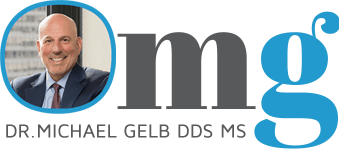Sleep Review published an article “AASM published and AMA Advocate to Block Dentists from Diagnosing OSA” on Aug 1, 2018. The AMA & AASM claim that only licensed physicians are qualified to order or interpret home sleep apnea tests.
Where is this coming from?
The AASM and AMA are evidently running scared and defending their turf instead of thinking about public health, access to care, and putting patients first. The resolution put forth by AMA and AASM seems self-serving with 50-100 million children and adults at risk for Sleep Disordered Breathing (SDB) and 85% still undiagnosed. Up to 50% of patients of record in dental practices throughout the country have SDB. Unfortunately most of these patients are undiagnosed with obvious comorbidities such as cardiovascular disease, arrhythmias, reflux, diabetes, excessive daytime sleepiness, anxiety, depression and diabetes.
Daily, dental teams are involved with anatomical structures that define the airway behind the maxilla and mandible, specifically the soft palate and tongue. We are therefore the ideal healthcare providers to deliver or initiate a home sleep test which will be diagnosed by a sleep MD. Dentists are not looking to practice medicine without a license and are just fine with Board Certified Sleep Physicians diagnosing OSA and other sleep disorders.
In the United States, sleep physicians have lost ground with brick and mortar sleep centers to home sleep testing. Over the last 25 years CPAP has been overprescribed, even for mild OSA, resulting in low compliance and less than optimal mean disease alleviation. Physicians have not kept up on the model of collaborative care and the efficacy of oral devices, as well as the need for early craniofacial development and myofunctional therapy. Dental teams can help this problem and these people.
According to the ADA’s October, 2017 resolution regarding dentists and sleep testing, dentists obviously can and must do follow-up sleep testing to ensure efficacy of their treatment. Patients rarely want to return to the sleep physician for a follow up PSG if their symptoms are well managed and the HST shows efficacy. The bottom line is that all of us should consider what is in the best interest of the patient and overall public health.







